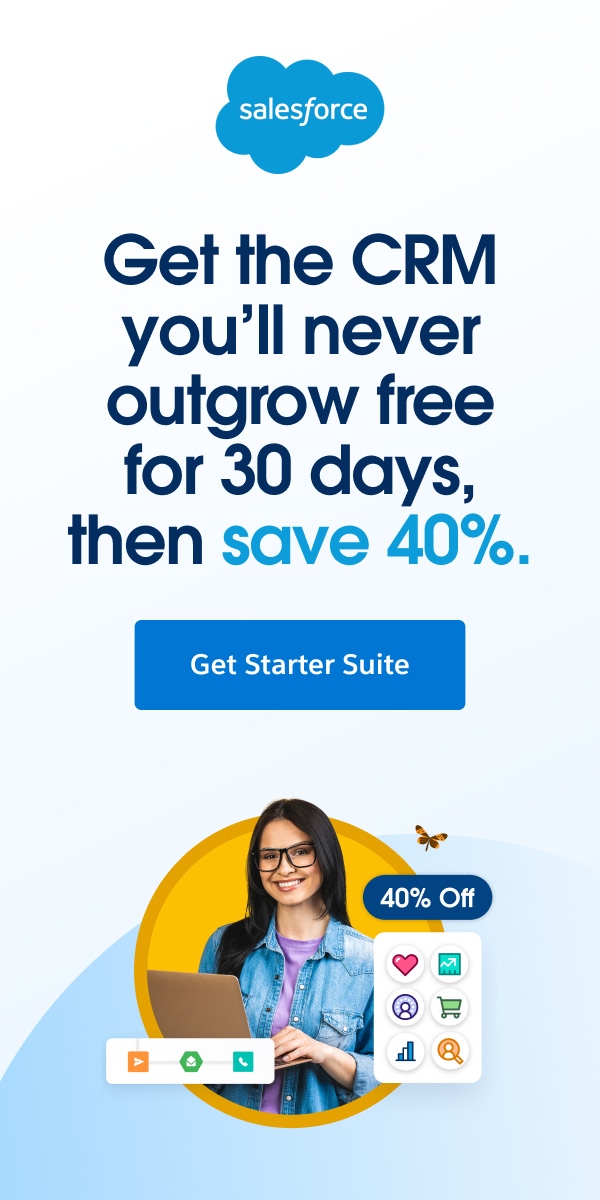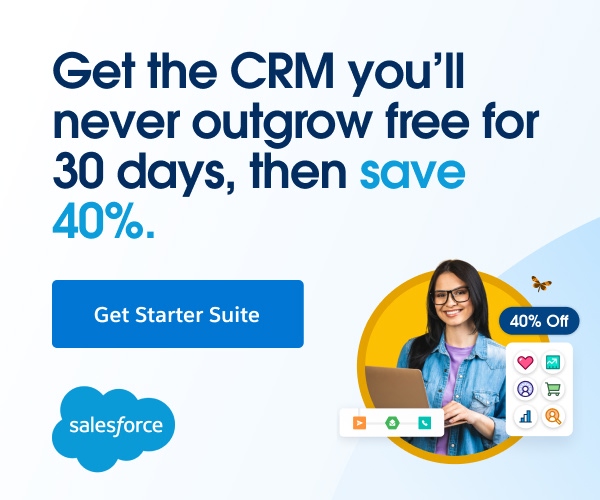5 jobs hiring across the UK
- Technology Lead - Cloud, Leidos, Whiteley
- Technology Risk Analyst, Lorien Hub, London Area
- Chief Technology Officer, Medella Life, London Area
- Chief Technology Officer, Burns Sheehan, Manchester
- Marketing Technology Consultant, Staffworx, London Area
While networking typically revolves around you personally building out your little black book of contacts for your own benefit, being a connector works in reverse—instead of looking for new connections for yourself, you’re introducing others.
For example, you think two people in your professional network could benefit from being introduced to one another. Essentially you become a broker of sorts, connecting people who could be of use to each other.
On the face of it, there’s no obvious reward or kickback for you.
However, performing good deeds for others can lead to better health and wellbeing.
“Prosocial behaviour—altruism, cooperation, trust and compassion—are all necessary ingredients of a harmonious and well-functioning society,” says Bryant P.H. Hui, PhD, a research assistant professor at the University of Hong Kong who led Rewards of Kindness?, a study conducted by the American Psychological Association.
“It is part of the shared culture of humankind, and our analysis shows that it also contributes to mental and physical health.”
Additionally, positive reciprocity in particular can produce a quid pro quo mindset—those who you have connected to others in the past will someday connect you to a person that could prove invaluable to your career.
So, if the power of being a connector lies in the long-term rewards it can bring, you’ll need to nail intro emails in the short term to ensure you’re doing it right.
For starters, getting approval from both parties is key—nobody wants to receive a cold call email out of the blue and feel obliged to respond out of professional courtesy.
You also shouldn’t namecheck the other person straight away. Instead, say you have a contact that works in their field and you think they might benefit from speaking to each other. Once both parties express an interest, you can share more details.
5 more jobs to apply for
- Technology Risk Analyst, InterQuest Group, London Area
- Associate - Technology, Jefferies, London Area
- Technology Engineer, Kier Group, Dummer
- Product Manager (Technology), Finning International, Cannock
- Chief Technology Officer, Gloo, London Area
First impressions count
The next stage is sending out the intro email. If the two people you are connecting are at a similar level, for example, heads of departments, decision-makers, or C-suite, you don’t need to worry about this dynamic, however if you are linking someone at the start of their career with someone more senior, you should introduce the more senior person first.
After a brief introductory line, name checking both people and giving their full job titles, you should introduce the first person with a short professional summary and why you think they would benefit from being introduced to the other person. This should be followed with a similarly formatted paragraph about the second person.
You should keep the main body of your email as brief as possible, not making any assumptions about what one person could potentially do for the other person.
Or you could take this concept one step further and initiate an in-person catchup. Bringing people together in a more informal way can sometimes feel less contrived and allow for an easier flow of conversation.
Whatever your method, there are many ways paying-it-forward can benefit from forging a link between different groups, cohorts or industries.
From gleaning new insights from those you’re connecting to brokering potential business opportunities, by positioning yourself as a connector. You have nothing to lose and everything to gain, now and in the future.











